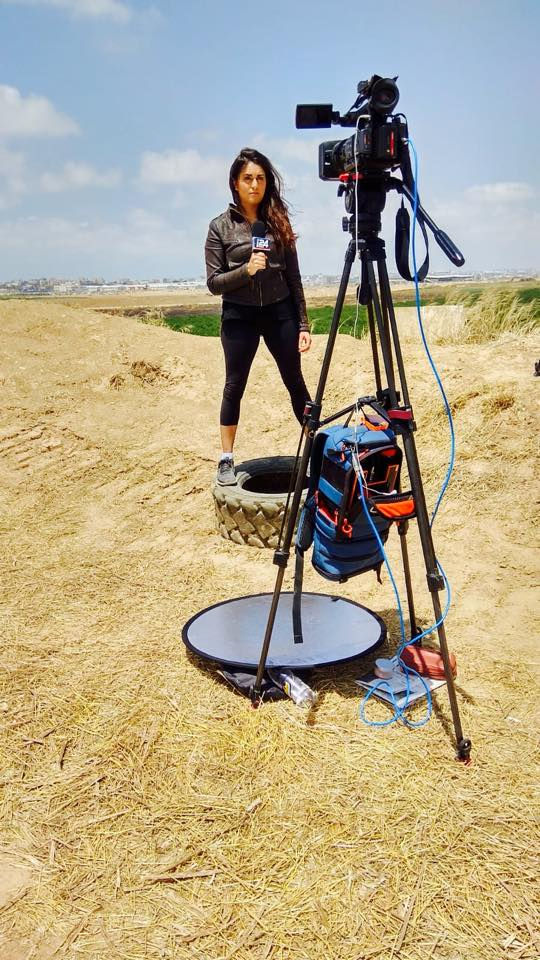The Story of My Lives
- Emily A Rose
- Jan 7, 2020
- 3 min read
Most of my time as a reporter is spent doing live hits for our news shows. i24NEWS is unique like that - unlike many news channels in the US that pick one topic and have analysts talk about it for a full hour, we don’t stay on any one topic for longer than what we call a “block” which is about 15 minutes.

We also bring a new news flash every hour so our coverage changes with what’s happening on the ground and, for the reporters in the field, well, we need to change with it

Actually my “TV career” coincide with the beginning of the “Great March of Return” along Israel’s border with Gaza so most of the practice I’ve garnered doing live reporting is from that border. It’s not a science but a reporter friend who is ordinarily a writer recently asked me what I do to prepare for a live hit as she was asked to go live on radio.
So I thought about the anatomy of a live.
The US decision to say that Jewish settlements in the West Bank don’t comprise a violation of international law sparked outrage among many Palestinians in the West Bank who called for a “Day of Rage” and we were sent to the scene.
Location is paramount. I sometimes find that the best locations along the Gaza border or in the West Bank, during times of turmoil, don’t have very good reception- specifically in Ramallah. That makes a live hit impossible because we can’t connect back to the studio.
Another thing I took into account here is height - I wanted to be at a level where the camera could pan and show the gravity of what’s happening. Sometimes there are a few protesters using violent tactics but really not that many people come out to protest and I think that’s an important aspect to show the viewer - so they can capture the gravity of the event. A few hundred partook in the demonstration you see here, which means most people stayed home.

In this case, I spoke with a contact at the IDF and he let us stand with the military - so we could both be at a place where there was a reception, and watch the protests from above.
I also was sure to call a contact in Ramallah in advance, to get information from him on the day’s scheduled demonstrations, and then also speak with the IDF about details like numbers of protesters, injuries, tactics used and locations - all of which can be attributed simply as “according to the Israeli military.”
Once the anchor asks me a question, if there is immediate action, I like to introduce the subject quickly so I can move aside and let the cameraman show you what’s happening. I always think the action is preferable to seeing me or anything else.

It also allows me to take a step aside so I too can watch and also explain to the viewer what’s happening - for instance here, the clouds of white smoke could either be smoke from fire or tear gas, the viewer doesn’t know unless I clarify.
I generally like to have one common theme or thesis that I come back to in my hits, to help stayed focused, but if there is action happening on the ground, I try to just keep explaining and giving context so the cameraman can capture the action.
\
Just after this hit, protesters hurled a rock the size of my face towards us and it almost hit my friend who was standing there reporting for another outlet. He put a helmet on and told his crew to back off and be careful because he’s an angel and a great reporter.
It’s not a science and every situation differs but I’m grateful for my life and all my lives,
EMRO



Komentáře